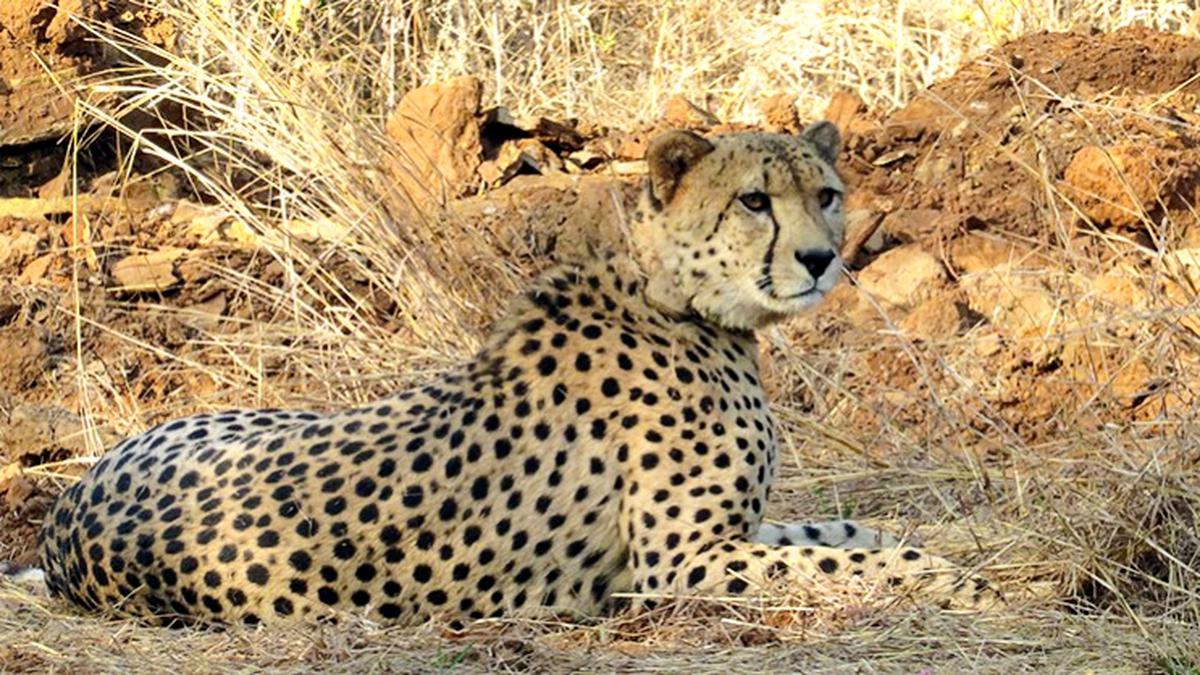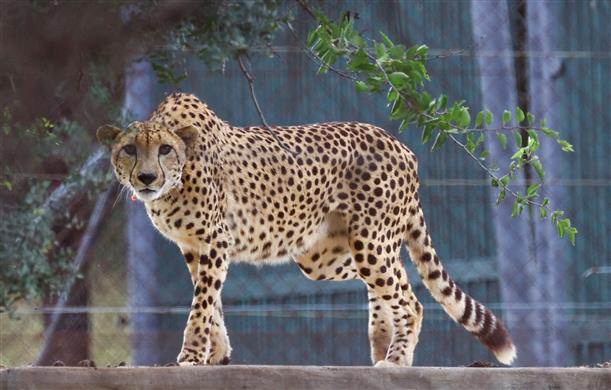Rising Cheetah Mortality Raises Public Concern: Supreme Court Directs Government to Act

Rising Cheetah Mortality Raises Public Concern: Supreme Court Directs Government to Act
In a significant move that reflects the growing alarm over the escalating cheetah mortality rate, the Supreme Court has taken a stern stance, urging the government to address this critical issue with immediate effect. The court’s directive underscores the deep-seated concerns shared by the public regarding the survival of this magnificent yet endangered species. With a powerful word of urgency, the Supreme Court‘s involvement injects a renewed vigor into the conversation surrounding wildlife conservation.
Cheetahs, revered for their unmatched speed and grace, have been struggling on the brink of extinction for decades. Their numbers have dwindled drastically due to various factors, including habitat loss, human-wildlife conflict, and poaching. The recent surge in cheetah deaths has not only ignited public outrage but also prompted conservationists and environmentalists to ring the alarm bells louder than ever before.

The Supreme Court’s intervention comes as a response to a petition filed by several wildlife conservation organizations that highlighted the shocking rise in cheetah deaths across the country. The plea called for urgent action to reverse the ominous trend before it’s too late. The court, in its statement, acknowledged the severity of the issue and expressed concern over the lackluster measures taken by the government thus far.
The Honorable Chief Justice, presiding over the case, emphasized that the cheetah, as a flagship species, holds immense ecological significance. Its presence in an ecosystem is indicative of a balanced and healthy environment. The court further stressed that the responsibility to protect and conserve these majestic creatures rests not just on the government, but on every citizen of the country.
The apex court’s directive is a clarion call to the government to revamp its approach to wildlife conservation, placing it at the forefront of its agenda. The government’s current efforts, though not entirely futile, have proven insufficient in the face of the mounting challenges that cheetahs are confronting. The court’s language was unequivocal, urging the government to “adopt proactive and innovative measures” to ensure the survival of the species.

Wildlife experts and biologists have long voiced concerns about the loss of cheetah habitats due to urbanization, deforestation, and agricultural expansion. These factors force cheetahs into close proximity with human settlements, resulting in increased conflicts. The unchecked urban sprawl has not only fragmented their habitats but has also disrupted age-old migration patterns, pushing the species toward perilous territories.
Adding to the distressing scenario is the ruthless poaching that continues to plague the cheetah population. Cheetahs are often targeted for their distinctive coats, which hold high value in the illegal wildlife trade. Moreover, the encroachment of human activities into their natural habitats has made them more vulnerable to accidental snares and traps set for other animals. These dire circumstances have created a daunting challenge that demands immediate attention.
The public, once largely disconnected from the complexities of wildlife conservation, has now become an active participant in demanding change. Social media campaigns, petitions, and protests have gained traction, pressuring authorities to take a stand. The Supreme Court’s acknowledgement of the public’s concern in its statement is a testament to the power of collective voices in steering policy decisions.
In response to the court’s directives, the government has outlined a multifaceted action plan aimed at tackling the various threats facing cheetahs. This includes the expansion of protected areas, restoration of degraded habitats, increased patrolling to curb poaching, and community engagement initiatives to mitigate human-wildlife conflicts. The government’s commitment to these initiatives will undoubtedly be closely monitored by both the court and the public.
The importance of cross-border collaboration in conserving cheetahs cannot be overstated. International efforts to protect these creatures are vital, as their habitats span multiple countries. Conservation organizations, governments, and experts from different nations must come together to share knowledge, resources, and strategies for a more comprehensive approach to safeguarding the species.
In conclusion, the Supreme Court’s proactive involvement in addressing the concerning rise in cheetah deaths is a commendable step toward reversing the tide of extinction that threatens these magnificent creatures. The urgency conveyed by the court’s directive underscores the severity of the issue, while the inclusion of the concerned public’s voice demonstrates the power of collective concern. It is now up to the government, in close coordination with conservationists and experts, to translate these concerns into tangible actions that will secure a brighter future for the cheetah. The time to act is now, as the fate of this iconic species hangs in the balance.




